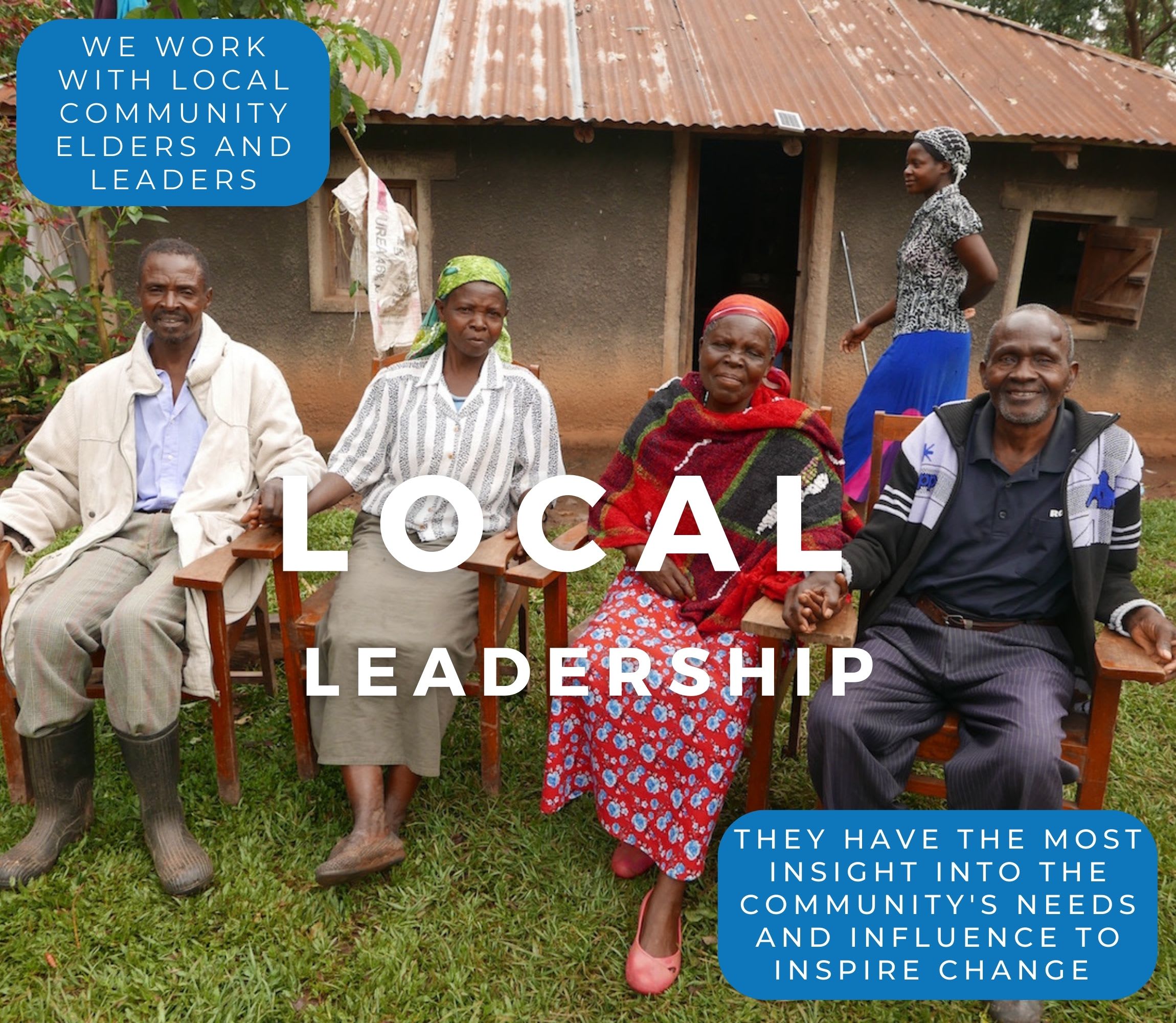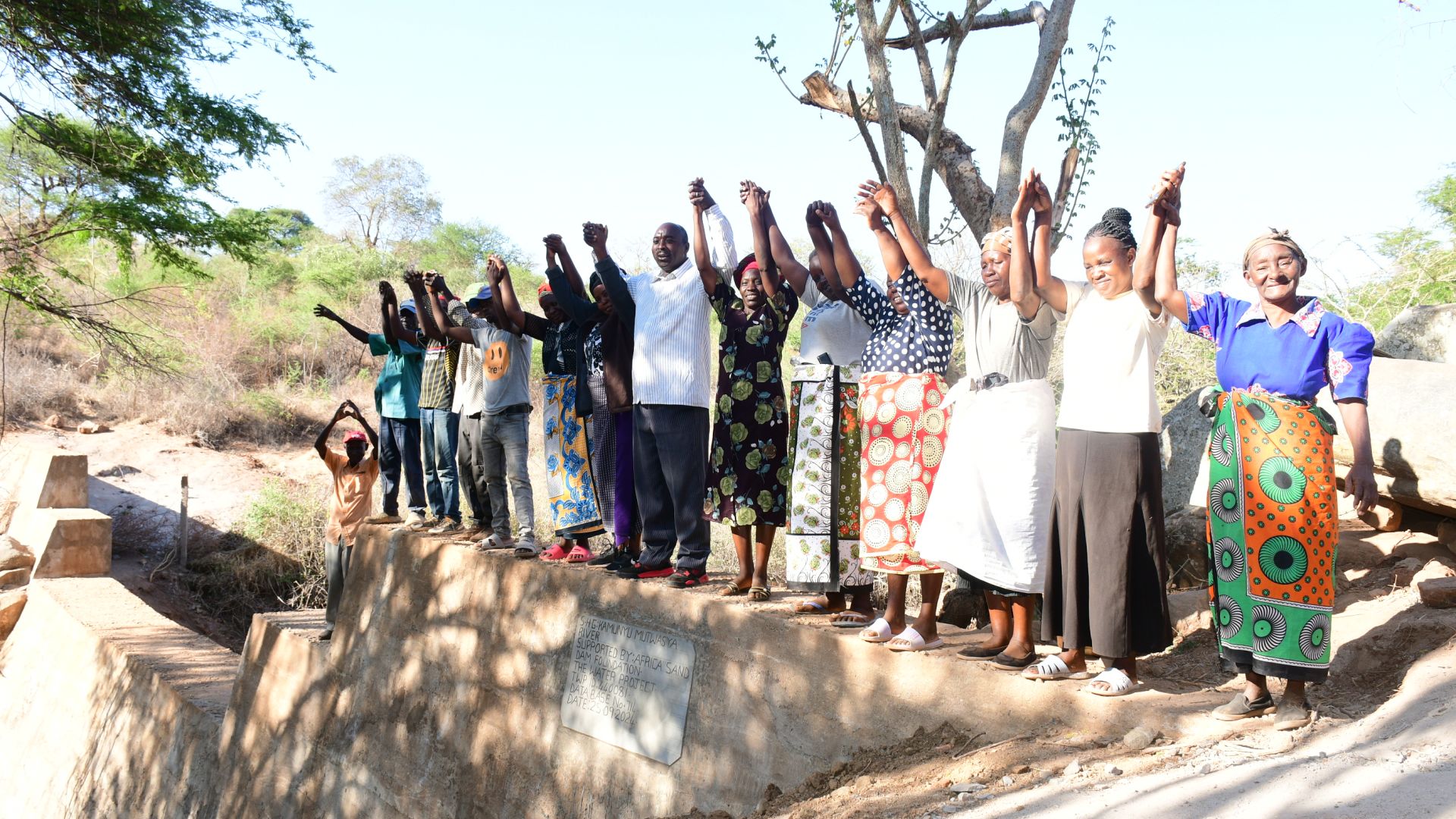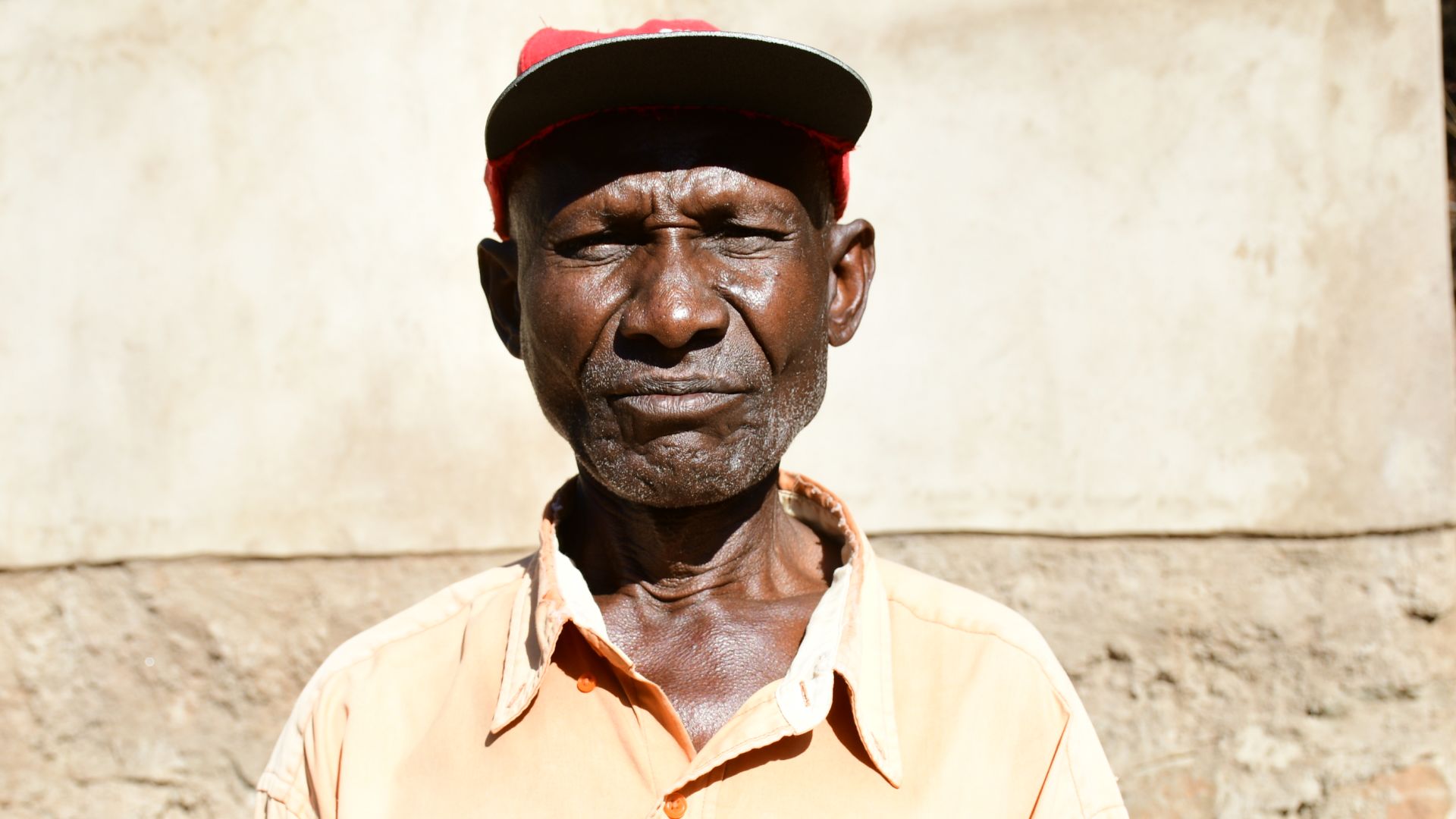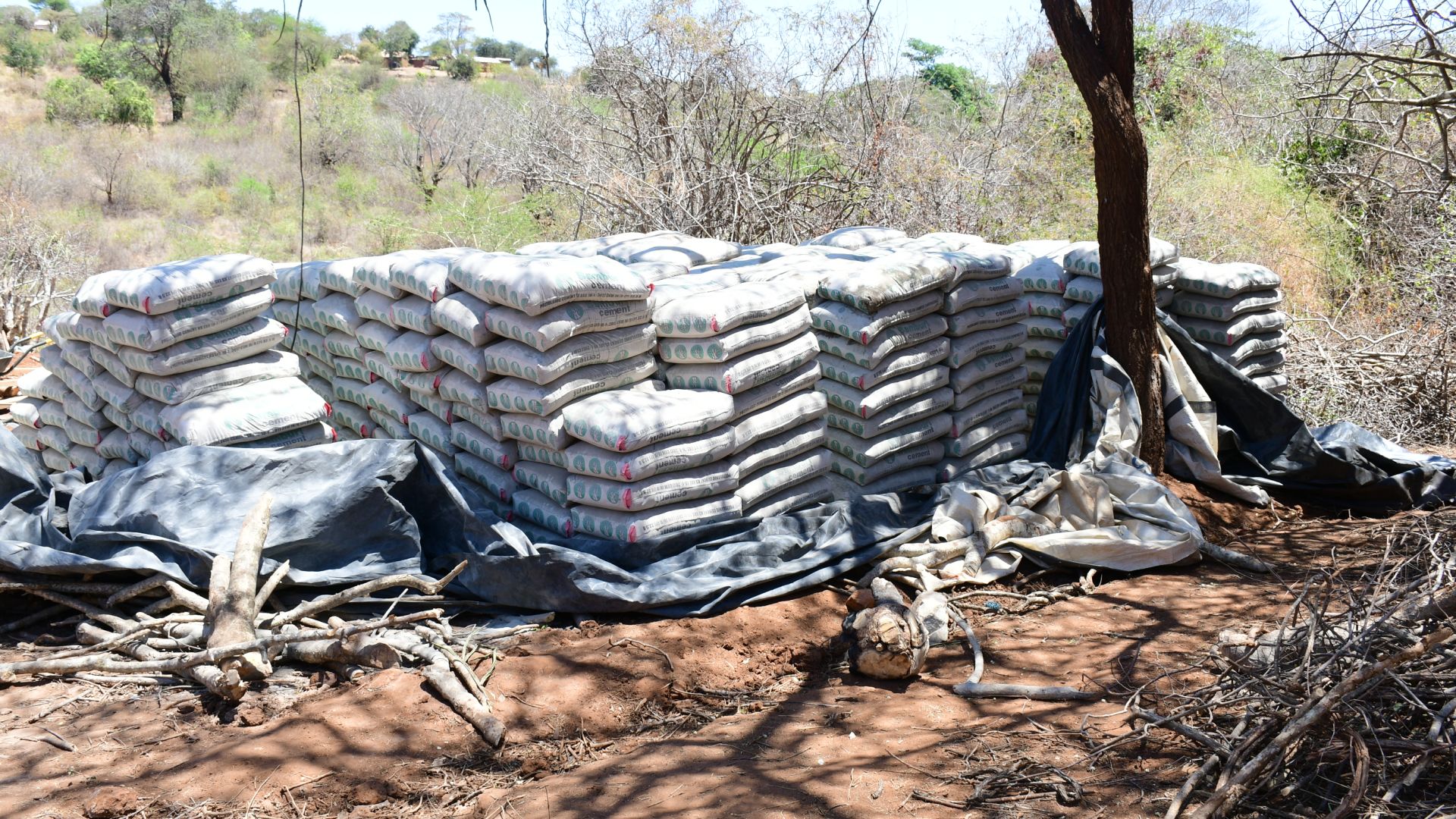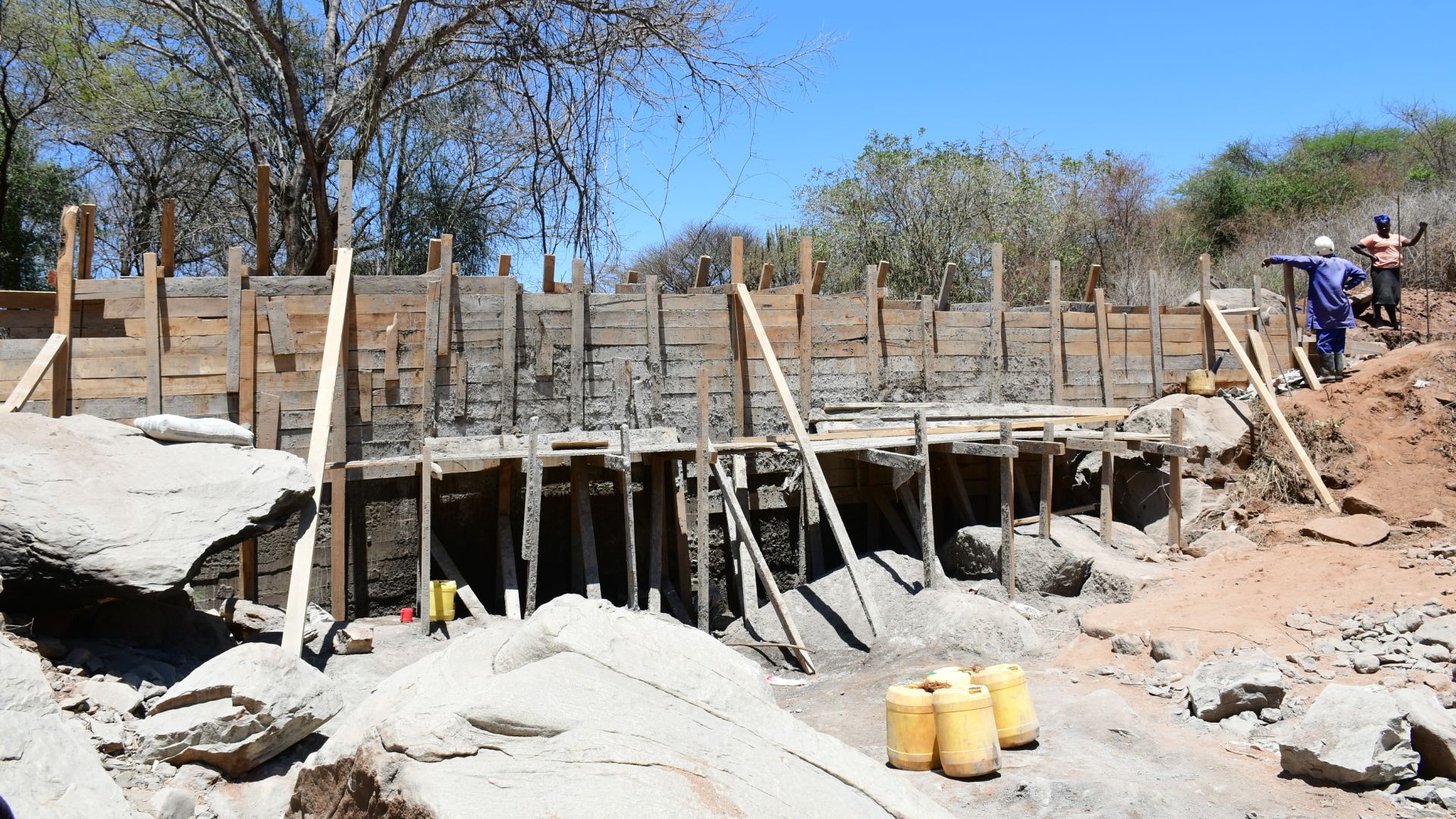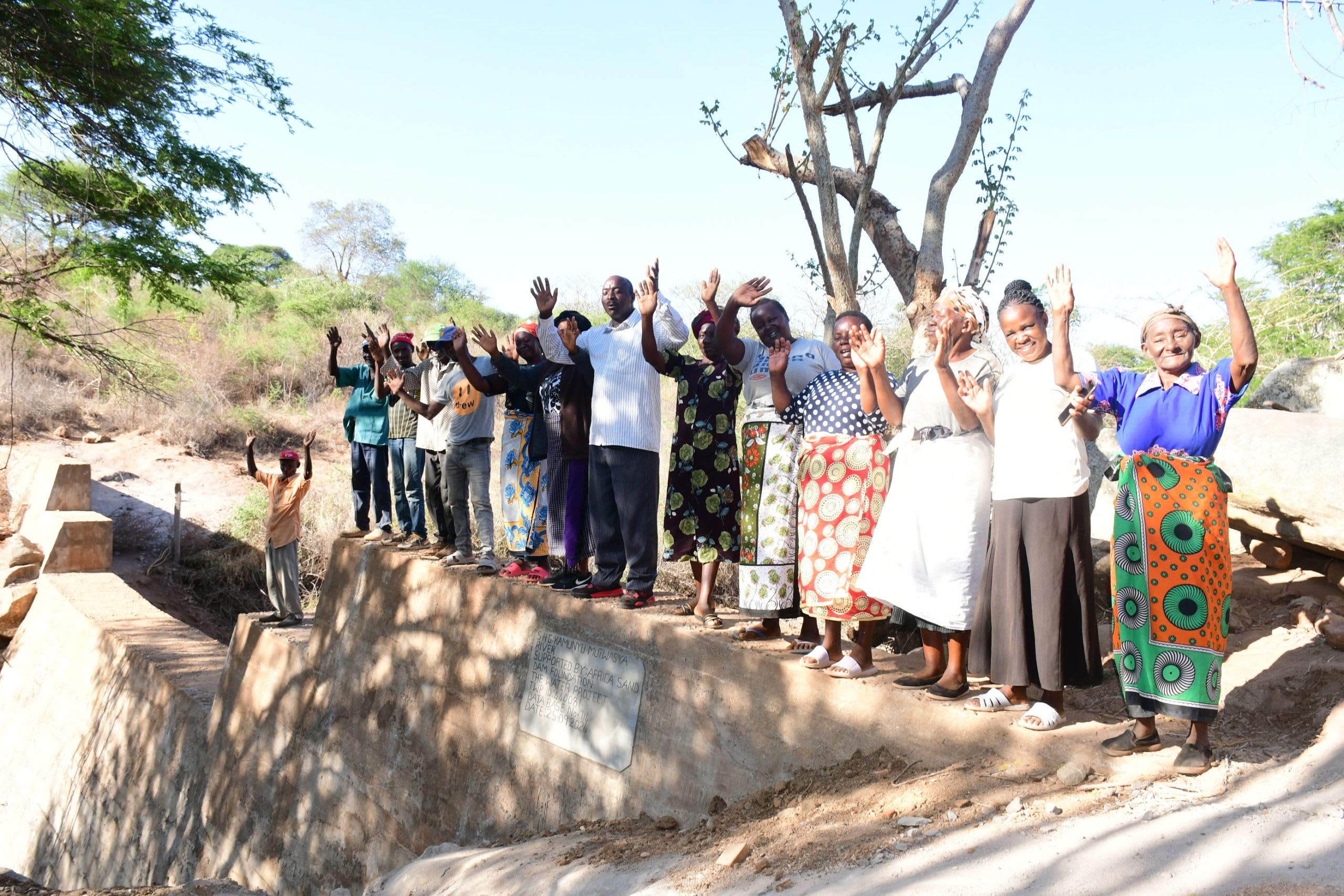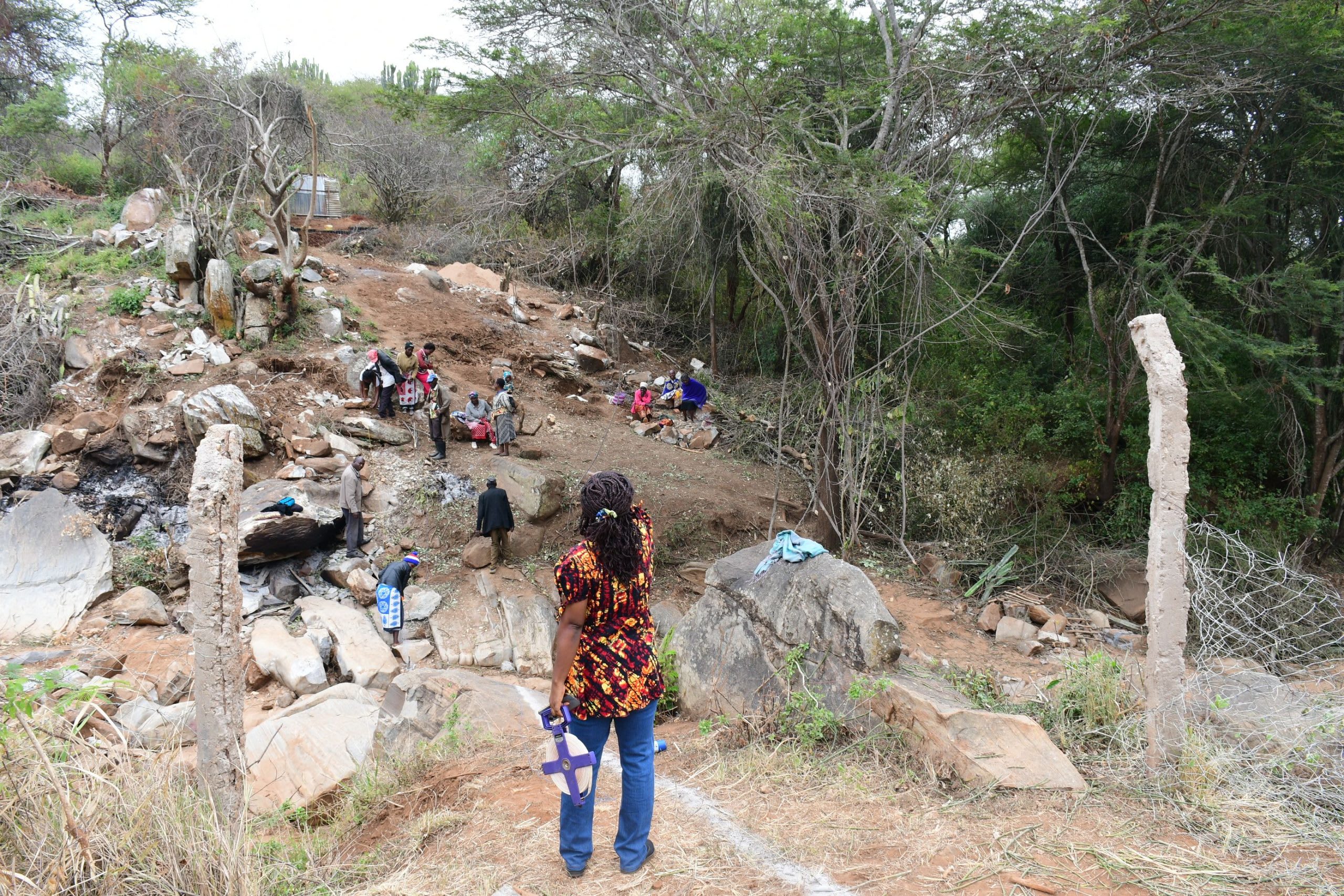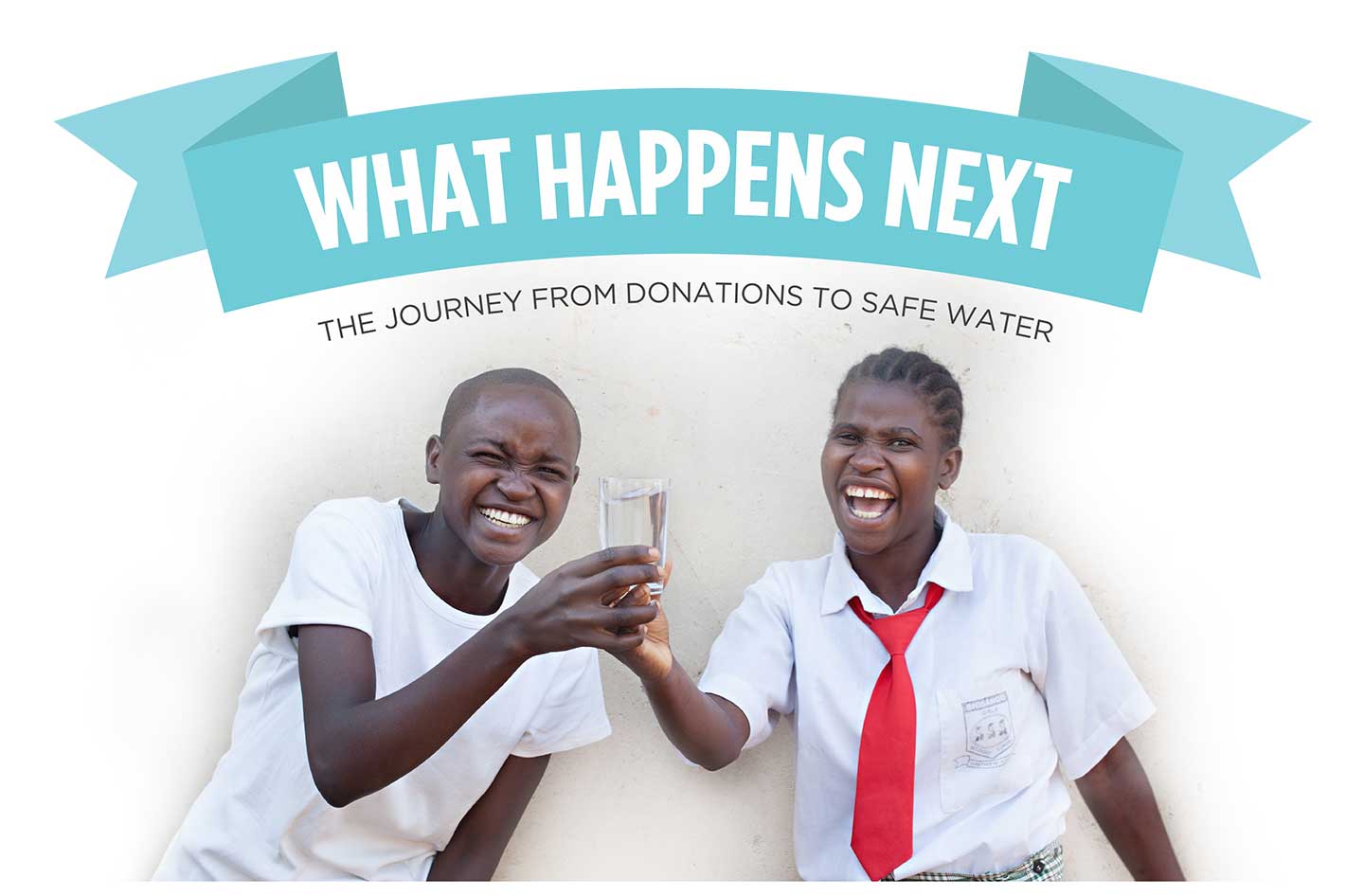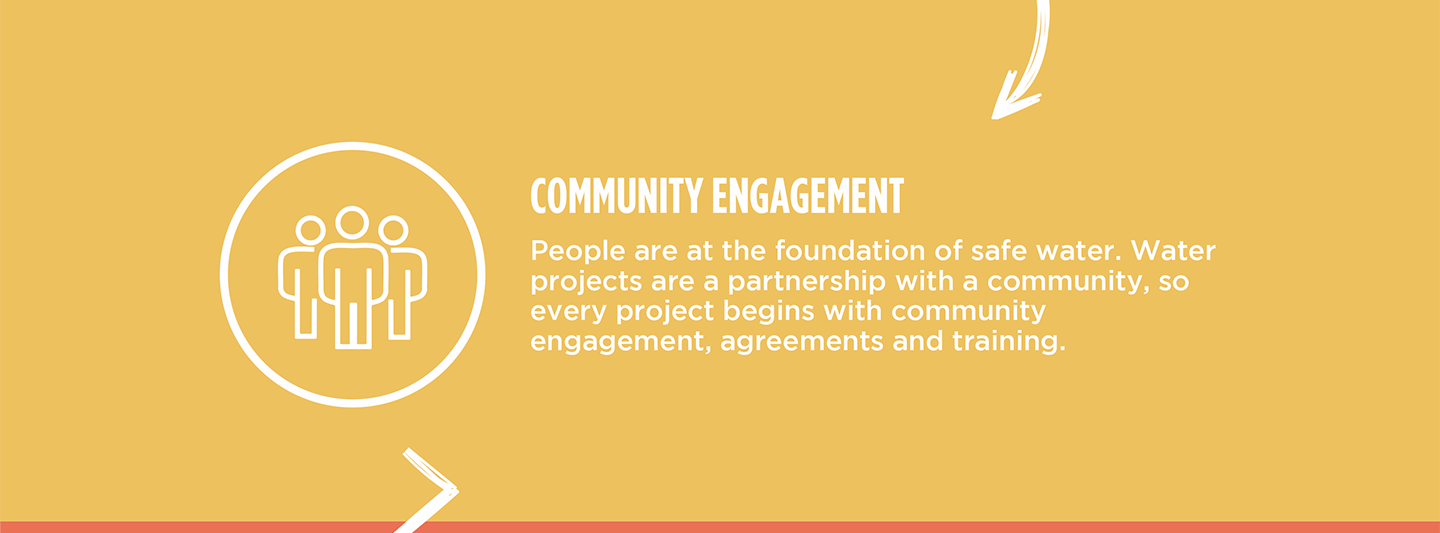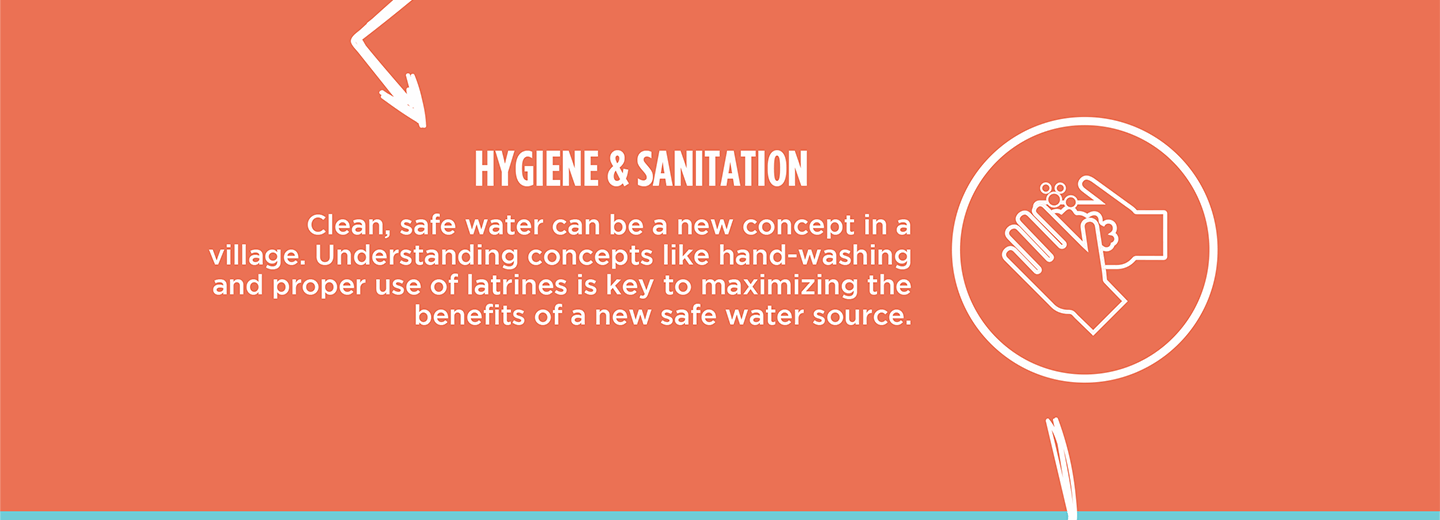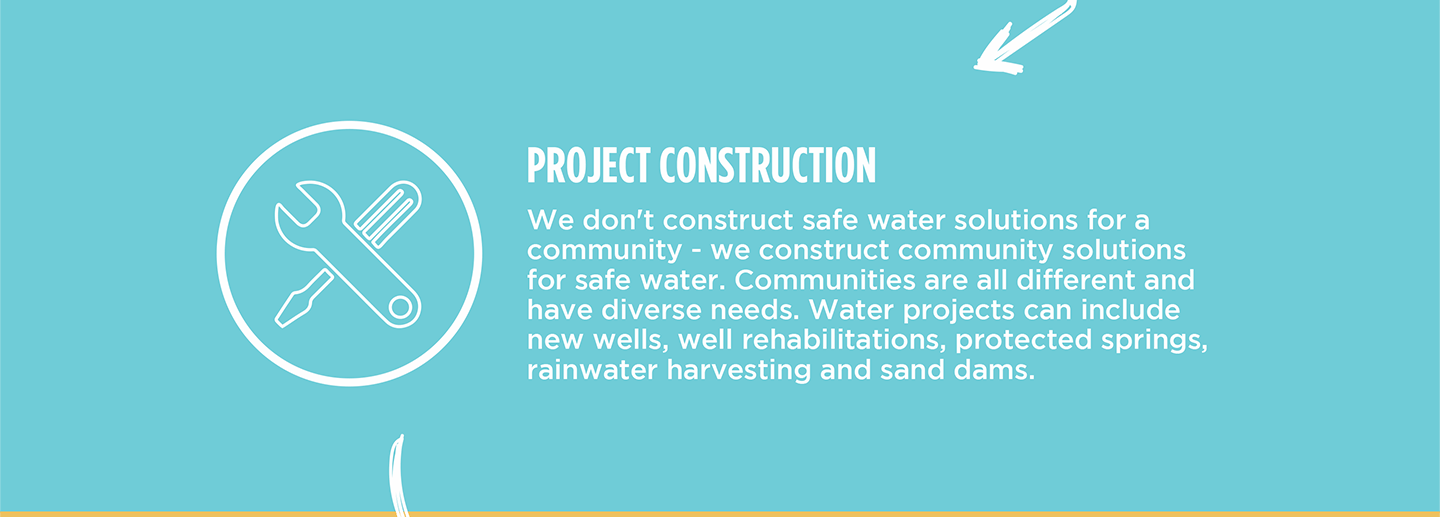The 8,600-person community of Kamunyu desperately needs clean, accessible water. To collect water from dirty scoop holes, their current water source, community members must make a two-hour round trip at least once daily. This is exhausting and time-consuming, and drinking the collected water puts everyone's health at risk.
"The strain of dealing with inadequate water supplies can lower the overall quality of life. Poor water access can also contribute to a general sense of insecurity and stress within the community," Field Officer Alex Koech said.
"The difficulty of accessing water from distant or challenging locations often means that individuals, particularly women and children, spend a disproportionate amount of time and energy fetching water. This labor could otherwise be directed towards education, economic activities, or rest, impacting overall community productivity and personal well-being," Alex continued.

Community members collect water from the faraway scoop hole.
"Getting to know the community's daily way of life and how it is affected by water scarcity was touching for me. The fact that community members spend most of their day fetching water is very sad because they get little time to work on improving things at home through farming or looking for jobs in urban centers," concluded Alex.
The extraordinary amount of labor required to collect water is not the worst complaint. Sadly, after all that effort, community members pay a higher price when they contract water-related illnesses that cause them to suffer needlessly.
"The cost of treating waterborne diseases, whether through medical expenses or lost productivity due to illness, places a significant economic burden on individuals and the community. Families need to spend a substantial portion of their income on healthcare, which could otherwise be used for other essential needs," said Alex.
Sixty-three-year-old farmer Rose Mwamuli is acutely familiar with the struggle. "I often get stomach aches, and when I go to the dispensary, the doctor diagnoses amoeba or typhoid. I have to purchase medicines, which are very costly because I earn very little from farming."

Rose (2nd in line) waits to collect water from the scoop hole.
"I have to stay home and get someone to fetch water for me, like my grandchildren or a good-hearted neighbor. I have to skip activities on my farm and home when I am sick."
Even when Rose is not ill, she still worries that the time and effort required for collecting water will be too much.

"Because the water source is far away, getting there and coming back home takes a lot of time. Sometimes, I get late, which makes me worried. Many people depend on this water point, and we often experience a lot of drought in this region. Without water, we cannot do anything because we need water for cooking, drinking, farming, and even for our animals; therefore, without water, life can be very difficult," Rose said.
Solving the water crisis in this community will require a multifaceted system that will work together to create a sustainable water source that will serve this community for years to come. Our proposed waterpoint can only serve 300 people daily, so we are working to identify other water solutions. Our goal is to ensure everyone in the community has access to safe and reliable drinking water.
Steps Toward a Solution
Our technical experts worked with the local community to identify the most effective solution to their water crisis. Together, they decided to construct a sand dam and dug well.
Sand Dam
Sand dams are sought-after, climate-smart, and lasting water solutions, providing hope and resilience to communities in arid Southeastern Kenya. Think of them like giant sandboxes constructed in seasonal rivers that would typically quickly dry up after the rainy season. Instead of holding water like traditional dams, they collect sand and silt.
When infrequent rains come, these dams catch a percentage of the river's flow, letting most of the water continue downstream to other communities. But here's the magic: the sand they collect acts like a natural filter, holding onto water long after the river's gone dry. Then, wells are constructed nearby, creating a reliable water source even during the driest times.
And the benefits don't stop there! In communities impacted by climate change, sand dams replenish groundwater and prevent soil erosion. Even during severe droughts, the consistent water supply from these sand dams allows farmers to thrive, giving way for enough food not only for their families but also to sell in local markets.
The most remarkable aspect of sand dams is how they involve the local community every step of the way, giving them a sense of ownership and pride in solving their water shortage and managing their water resources.
This sand dam will be connected to a dug well to make the water more accessible.
Community Education & Ownership
Hygiene and sanitation training are integral to our water projects. Training is tailored to each community's specific needs and includes key topics such as proper water handling, improved hygiene practices, disease transmission prevention, and care of the new water point. Safe water and improved hygiene habits foster a healthier future for everyone in the community. Encouraged and supported by the guidance of our team, a water user committee representative of the community's diverse members assumes responsibility for maintaining the water point, often gathering fees to ensure its upkeep.
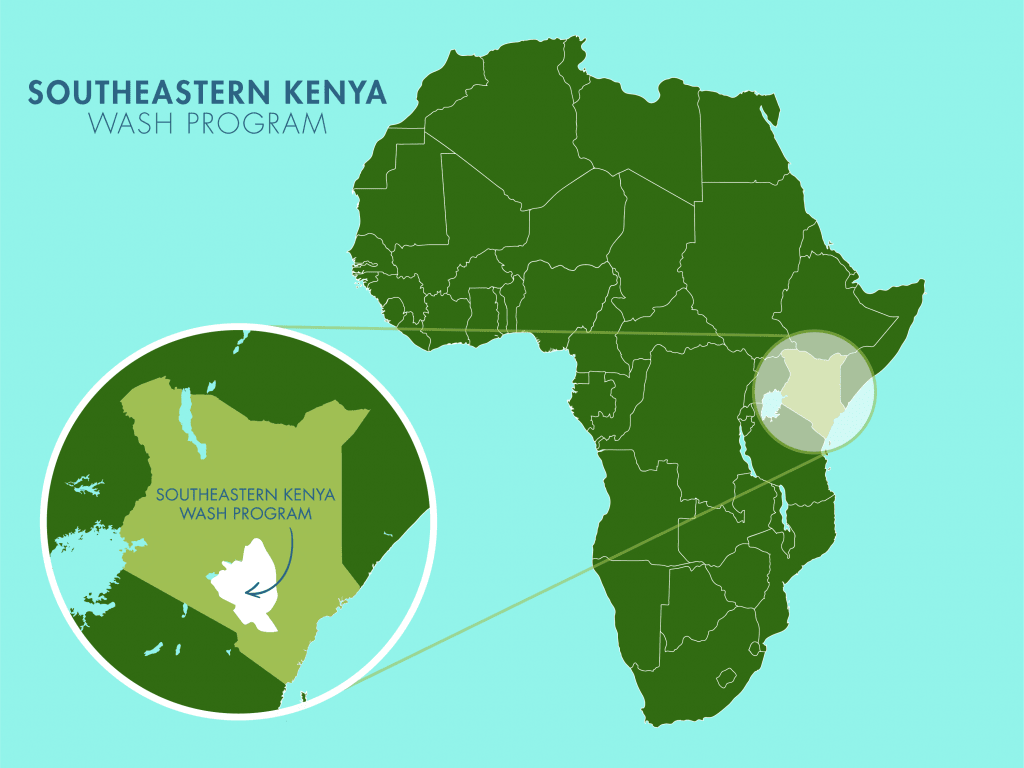
 Sand Dam
Sand Dam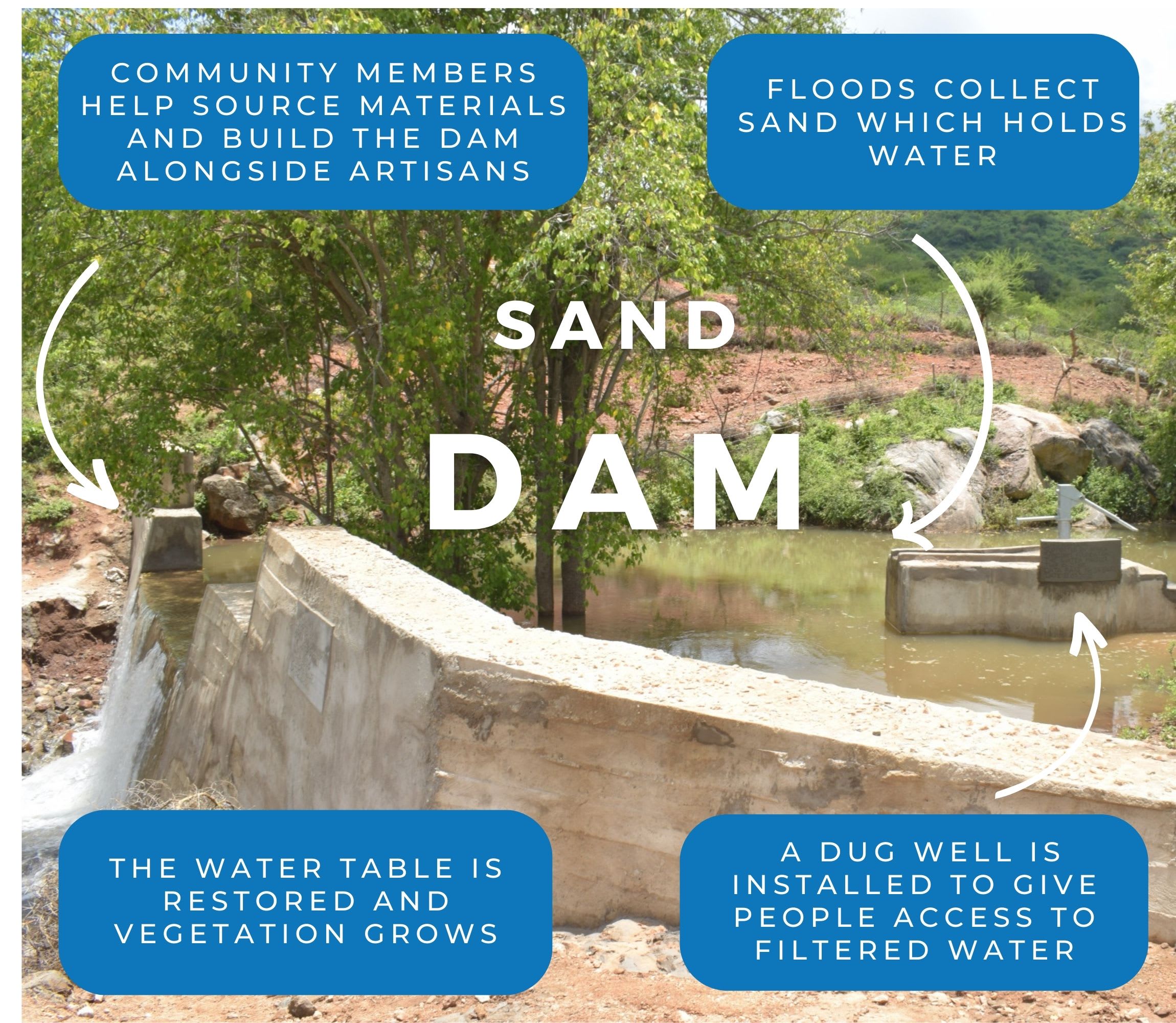
 Rehabilitation Project
Rehabilitation Project

